|
We had an exciting trip to the vet in December 2015. We took Jolly for an ultrasound to confirm her pregnancy, and we are delighted to share with you that she is expecting puppies in the end of January 2016! Below are a two difficult-to-see pictures of the ultrasound. The little frog-like images are the puppies. We have a few reasons why we chose to do an ultrasound for our expectant females.
1) Confirm pregnancy – Ultrasounds can be done around 21-28 days gestation, which makes them one of the earliest detection tools for canine pregnancy. 2) Confirm a viable pregnancy – In addition to confirming that there are puppies in there, an ultrasound helps determine if the puppies are alive and healthy. 3) Convenience of those on our waiting list – Doing an ultrasound allows those on our ever-growing waiting list know if there is a possibility of puppies. 4) Establish approximate litter size – Although x-rays done later in the pregnancy (typically after day 49) are known for being more accurate for puppy counting than ultrasounds, we’ve found that ultrasounds give us a nice approximation of puppies with the benefit of being done earlier than an x-ray. The other downside of an x-ray is determining when to do it with several breeding dates. If done too early, the bones of the puppies won’t be calcified enough to see. On the other hand, if you wait too long, the puppies may arrive! For example, with Jolly’s 2015 puppies, we took her for an x-ray at day 52 from her first breeding, and day 44 from her last breeding. The x-ray showed 4 puppies, and she had 8. So, we took her too early, but based on her breeding dates, it was a good time to take her. We are hoping there are much cuter puppy pictures to follow in a few weeks! Happy New Year!
2 Comments
Out of the mouths of my babes…
I asked each of my boys, “What is the meaning of Christmas?” AJ (5): Jesus’ birth CJ (4): It’s good, and there’s snow, and we get presents. JJ (2): Yights (translation: lights) and (pausing as he searched his 2 year old vocabulary) points to the gifts under the tree As I reflected on my boys’ replies, I was reminded of how we parents try to teach a lot through words, but end up teaching more through actions. Which is truly a good thing, but can feel like a large responsibility at times. So, I was led to think about what Christmas means to me and how that spills over into what my children believe Christmas means. The meaning of Christmas has changed and deepened for me over the years, and will likely continue to do so. As a young child, I knew the real meaning of Christmas as summed up by AJ above, but in my heart, I was with my little JJ and his gesture at the gifts under the tree. Christmas meant PRESENTS! And, oh, how I longed for Christmas day when I could open my gifts. My wonderful and wise parents always read the Christmas story from Luke 2 prior to opening gifts as a reminder of the true meaning of the day. As I grew into my teen years and accepted Christ as my personal Savior, Christmas became less about presents and more about Jesus and His birth. Christmas also came to be a special time with family around a table full of delicious food. When I think about what Christmas means to me now, I would say that Christmas is indeed about Jesus’ birth, but it is more than that to me. It is about Jesus’ choice to step down from His heavenly throne into our world the same way we all enter the world. It is about the love that it took to make such a choice. Love that left all to know what is like to be man. Love enough to come knowing that the end of the physical life began at Christmas was going to be a cruel Roman cross. Christmas reminds me that He came for me. As a mom, Christmas also reminds me of the joy of new birth. I have said to some friends recently that I think with the birth of each of my children, I realize more and more what a miracle birth is. Some of that is due to growing older and hearing more stories from other people that didn’t experience the healthy birth of a child. But, I think it is also God’s way of reminding me anew that birth is truly a miracle and reason to celebrate. I think Mary and Joseph were caught up in all the normal emotions of having a child. I think they counted his fingers and toes, traced his cheeks, and snuggled Him close while they marveled at the miracle of His birth and wondered what it all meant. As you look forward to this Christmas week, reflect on not just what you say Christmas means, but what your life says Christmas means. As I thought more about my boys’ responses, I can say with CJ, that Christmas is “good.” It is full of good things – a Savior for the world, family, presents, food, peace, decorations, lights, joy, and the list goes on! Merry Christmas! I found myself googling the title of this blog frequently since we’ve bought goats in 2013. By googling that phrase, you will learn about several methods to attempt to evaluate if your goat is expecting, all with varying degrees of expense and accuracy.
If you aren’t a dairy goat person, you may wonder why it is such a big deal whether or not a goat is expecting. Just wait the 5 month gestation and see! The reason it is a concern to us is that some breeds of goats are seasonal breeders, which means they only go “into heat” in the fall of the year. So, couple that fact with the 5 month gestation, and if you adopt the wait-and-see approach, by the time you’ve waited and seen, it is now spring and not a great time to breed your goat. Another reason it is of concern to goat breeders is that goats need to be dried up at least 2 months before kidding. We prefer to dry them up prior to breeding. If the goat is dry, that means no milk and no profit. Raising goats is NOT a lucrative past time; therefore, you want to know that you are not feeding and housing an open goat. The first year we had goats, we went by wait-and-see until about month before they were due. Suddenly the suspense got to us, and we really wanted to know if we should cancel some upcoming plans that we had to be at home for kidding. So, we called our vet to perform an ultrasound. Yes, a goat ultrasound with equipment designed for a horse, but it still gave us enough information to know that our goats were, in my vet’s words, open. Open for breeding, that is. We were very disappointed. We had a lot invested in these goats – fencing, time, feed, time, vaccinations, time, etc. We soon learned that the buck we had used only produced kids at one of the four farms he visited that fall. So, we were left with hope that our goats could indeed be bred in the coming fall. But we were still milkless. That is what prompted us to buy a goat in milk, our dear Vanilla. Fast forward to the fall of 2014 when we had 3 goats to breed. We went with another buck. A proven buck this time. Because we felt confident it the buck, we decided to just wait and see. This time, it worked! Each of does had kids in the spring of 2015. We were hoping to use the same approach in 2015, but the buck passed away unexpectedly two days before coming to our farm. That prompted us to purchase a buckling to use for breeding. Using a buckling (any buck under one year of age) for breeding has several advantages and disadvantages, but that’s topic for another post. We observed our new buckling, Prince, carefully. He certainly seemed to know what to do, but how could we know for sure if our goats were pregnant? Here are the options we had. 1. Wait & See – While this approach is the cheapest up front, it is very costly if the goat is not bred. Since we were using an unproven young buckling, we knew the chance of him not being fertile and capable was there. 2. Blood test – There is a blood test called BioPRYN that measures the presence of a pregnancy-specific protein. It is only accurate 30 days after breeding. The cost of this test through a local lab is only $3.65 a goat. However, the cost of getting our vet to draw blood is $24 a goat, bringing the cost to $27.65 per goat. 3. Bounce test – You can find youtube videos on this. Basically, you stand behind the goat and wrap your arms around their abdomen and gently bounce up to feel for kids. This is also suggested to do when a goat in labor has had one or two kids, and you are wondering if there are more. The problem with this test is that is very subjective, and if you only have a handful of goats, it is difficult to get the different feels of who is pregnant and who isn’t. 4. Ultrasound – As I mentioned previously in this post, a vet can perform a goat ultrasound. It will cost you roughly $50-75 per goat. Our vet suggested waiting until they are about 2 months pregnant. After much deliberating, we decided to have our vet come out and draw blood to complete the BioPRYN test for pregnancy. One of the reasons we chose the blood test is that we also wanted to test our goats for CAE (Caprine Arthritis Encephalitis-in my vet's words, "the goat AIDS"), which is done through a blood test as well. All that leads me to announce, that, YES, our goats are pregnant! Russell Homestead is officially expecting goat kids in the end of February 2016! Our goat kids make great home milkers or pets. This year, we used a polled buck, which means a percentage of our kids will likely be polled (naturally won’t have horns). Those with horns will be disbudded. We are asking $150 for does and $125 for bucks. None of goat kids this year are registered, but they are almost 100% Nubian blood. Contact us to be put on our waiting list. We are also exploring the possibility of offering a limited amount of goat shares. Please contact us for details. |
AuthorVanessa from Russell Homestead. Follower of the Lord Jesus, wife of my knight in shining armor, mother of 5 wonderful children, and joint-keeper of the Russell homestead. Thanks for stopping by! Archives
March 2023
Categories
All
Vanessa Russell
Independent Field Representative ID#20249934. |
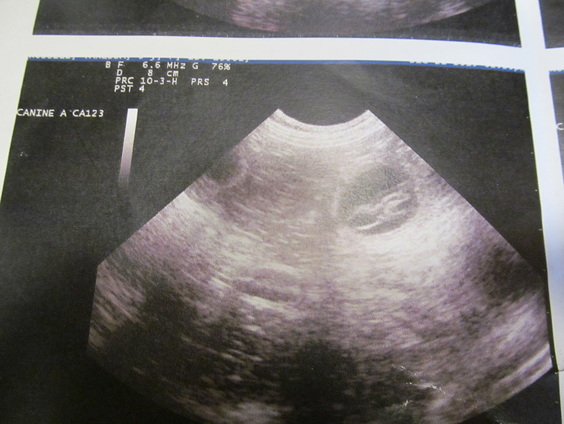
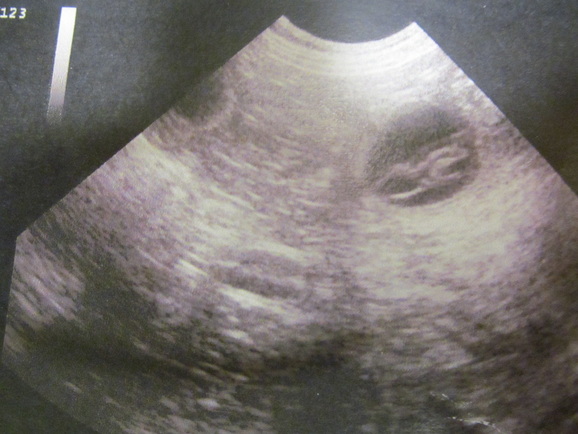
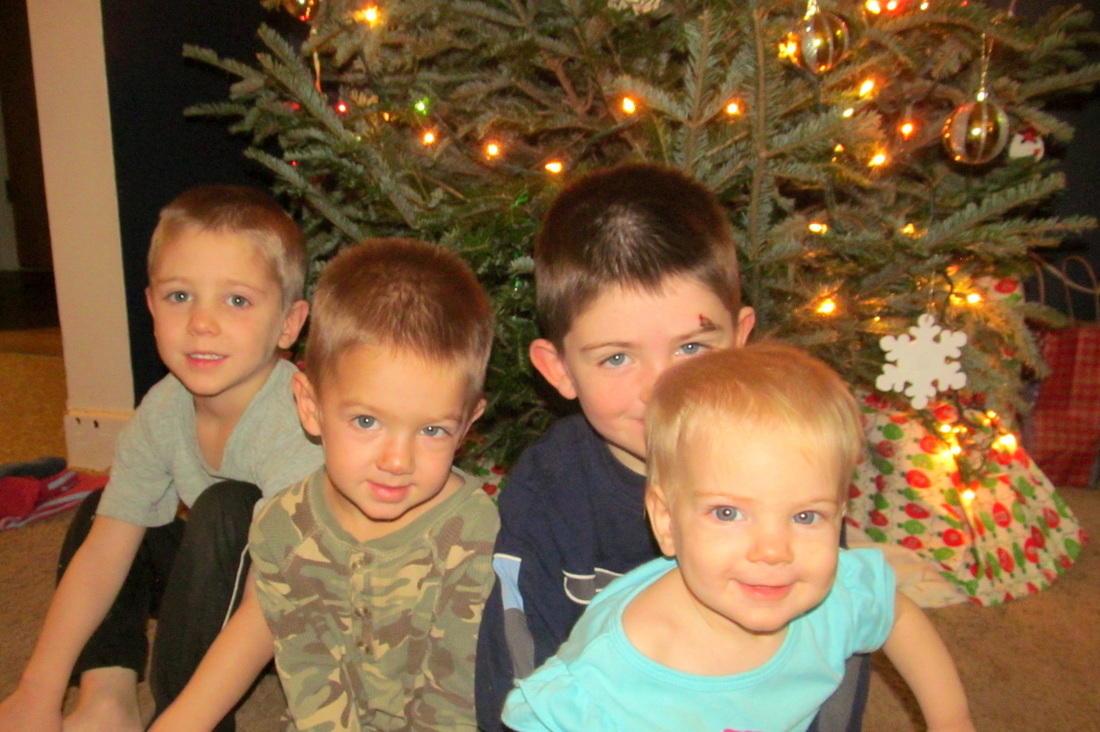
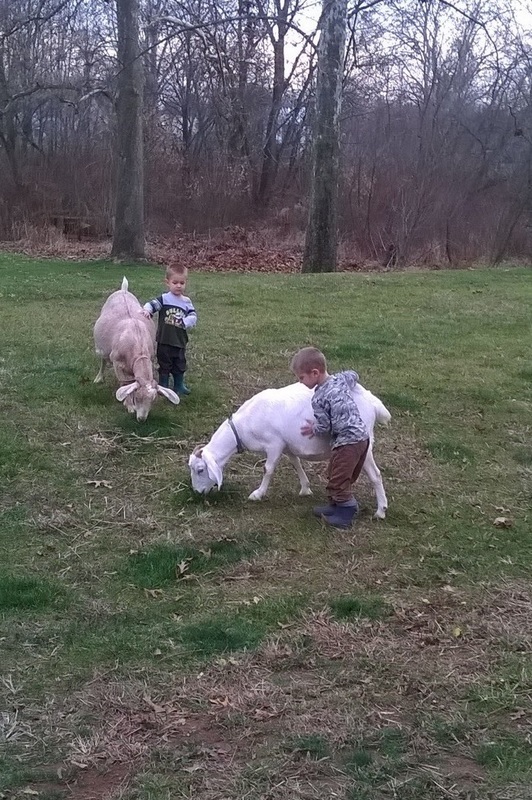
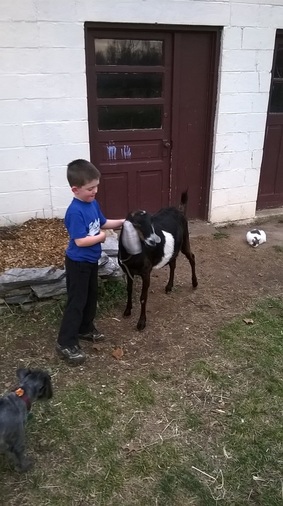
 RSS Feed
RSS Feed